Randy Karr isn’t sure how soon he’ll be able to reopen the doors at California Family Fitness. All he knows is that being forced to operate a health club chain outdoors — under tents, in parking lots — has made his business suffer.
The same goes for his employees, too: 1,000 of the Orangevale chain’s 1,100 employees remain furloughed as Karr struggles to navigate Gov. Gavin Newsom’s sometimes-confusing guidelines for reopening the California economy.
“There’s just so many inconsistencies,” Karr said.
Labor Day weekend found California’s job market still at the mercy of COVID-19. The state’s economy remains mired in double-digit unemployment more than six months after the coronavirus pandemic prompted the first stay-at-home orders and wiped out millions of jobs.
Even as the national economy shows fresh signs of improvement, Californians are still heading to the unemployment rolls in alarming numbers.
On Thursday, the federal Labor Department reported that 236,784 Californians filed initial claims for unemployment benefits during the week ending Aug. 29. That compared to 196,916 new claims in California the week before.
The California claims represented about a quarter of all the new unemployment claims in the United States, even though California represents about 11% of the nation’s job market, said Michael Bernick, a San Francisco labor lawyer and former director of the state Employment Development Department.
Bernick said layoffs are still occurring as a result of Newsom’s mid-July decision to roll back much of the reopening of the economy during a worrisome spike in COVID-19 infections. Health clubs were among those businesses that could no longer operate indoors.
“The main factor is the renewed lockdown,” Bernick said.
In addition, the decision by many large employers to keep workers at home is crippling the restaurant business, Bernick said.
‘Just no way to hold on.’
Pat Murakami, the owner of Ambrosia Cafe, can attest to that. She closed the K Street cafe for good in late August, deciding she could no longer wait for state workers, lobbyists and others to return downtown.
“There was just no way to hold on,” she said. “It’s going to be a long time before people are working downtown again.” The K Street cafe once employed 14 workers.
A second downtown location, on Capitol Mall, remains open but its prospects are iffy. Murakami said she thinks her catering business “is going to be the survivor.”
Jeff Michael, an economist at the University of the Pacific, said the week-to-week unemployment claims figures often show “a lot of volatility” and one week’s statistics don’t necessarily reflect the true state of the job market.
But Michael said it’s also true that California’s economy has struggled more than the country as a whole — a circumstance he attributes to Newsom’s generally tougher stance on when businesses can open.
Although Newsom’s latest directives have loosened up rules on parts of the economy, such as indoor haircuts, the state is taking a tougher line than most other states, he said.
“California has had a higher level of restrictions on business,” Michael said.
Leisure and hospitality hiring is slowing
The UOP economist said a tell-tale sign is consumer spending. Californians have reduced spending by 11% since January, more than three times the U.S. average, according to an analysis of credit- and debit-card usage compiled by researchers at Harvard and Brown universities and the Bill and Melinda Gates Foundation.
The U.S. unemployment rate fell to 8.4% in August, down from 10.2% in July, the Bureau of Labor Statistics reported Friday.
The government reported that 1.4 million people found jobs last month — although business economist Sung Won Sohn of Loyola Marymount University said those figures were inflated by the 300,000 Americans who found temporary work at the Census Bureau.
Sohn added that the pace of economic recovery on the national level seems to be slowing down. He said the leisure and hospitality sector of the economy, which includes restaurants and hotels, hired back just 174,000 workers in August — compared to 621,000 the month before.
Sohn said he believes California is seeing a surge in unemployment claims in part because Californians have had a notoriously hard time getting through to the Employment Development Department. In effect, the recent jump in unemployment claims represents a lag, he said.
Still, the state’s situation seems bleaker than the rest of the country.
In July, when the national unemployment rate was 10.2%, the California rate stood at 13.3%. At that point, the state had regained less than one-third of the 2.6 million non-farm jobs it lost in March and April.
State and local unemployment rates for August will be released Sept. 18.
___
(c)2020 The Sacramento Bee (Sacramento, Calif.)
Visit The Sacramento Bee (Sacramento, Calif.) at www.sacbee.com
Distributed by Tribune Content Agency, LLC.
—-
This content is published through a licensing agreement with Acquire Media using its NewsEdge technology.



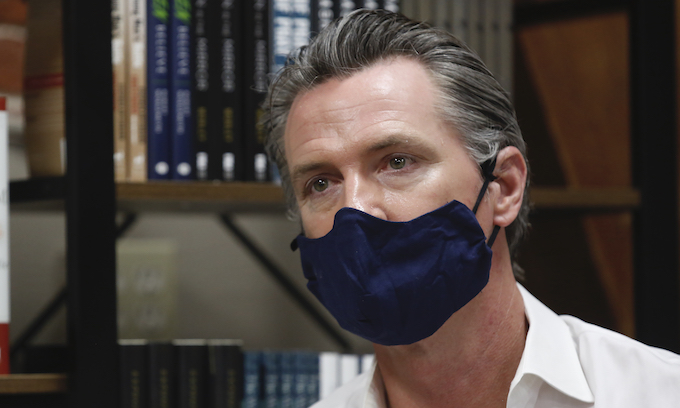
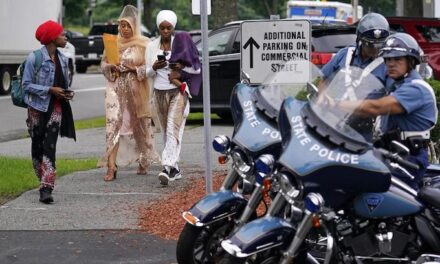
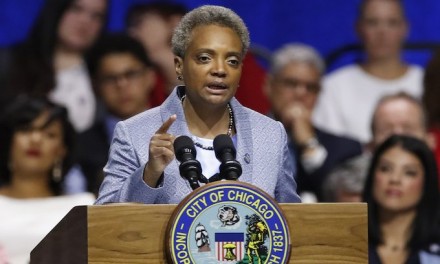
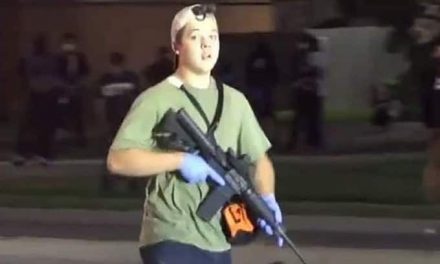
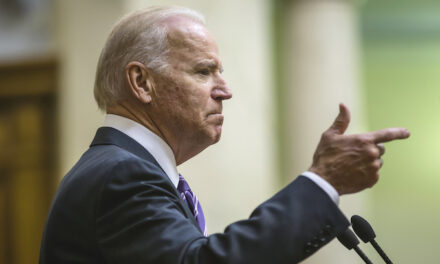






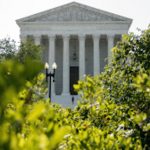

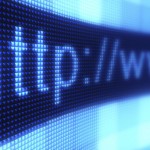


Recent Comments